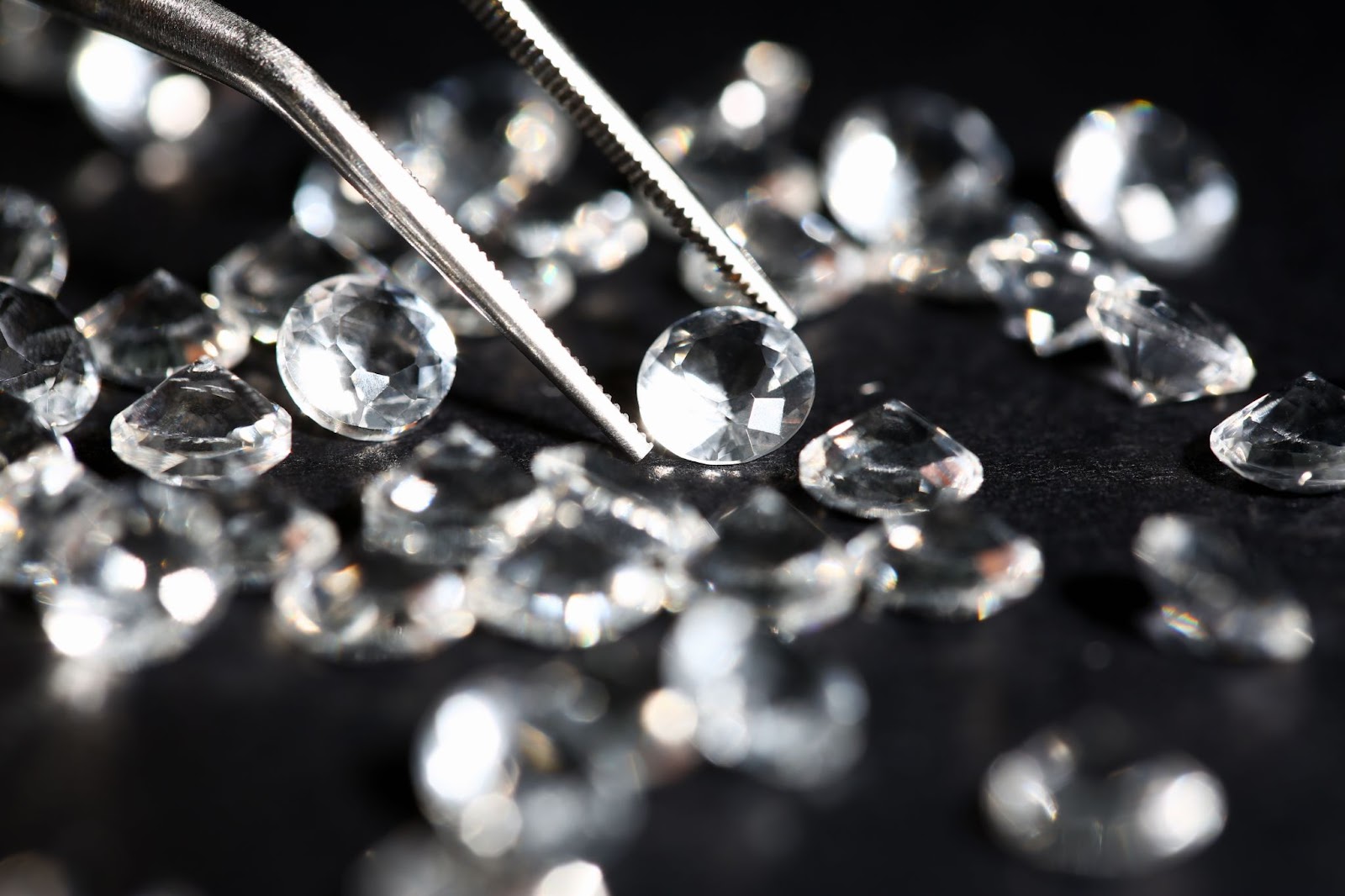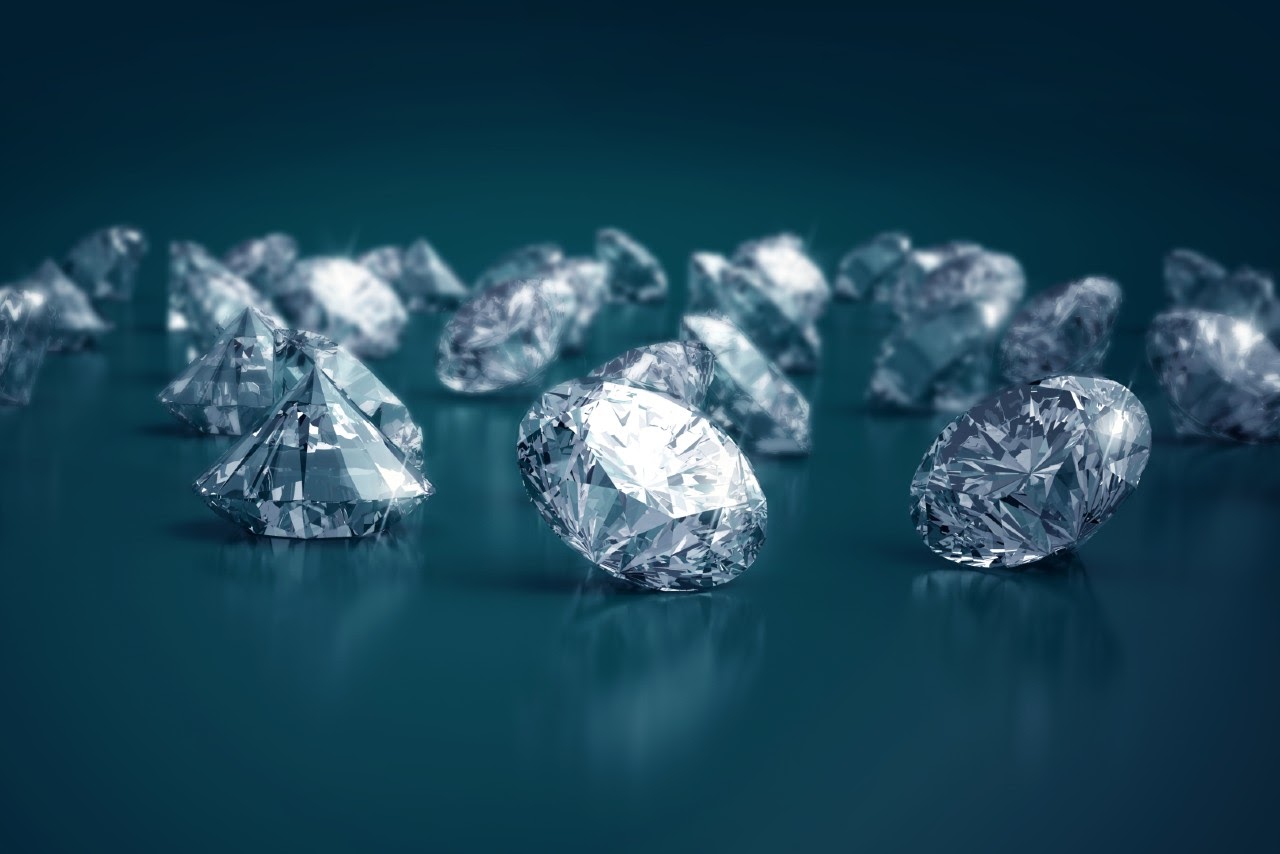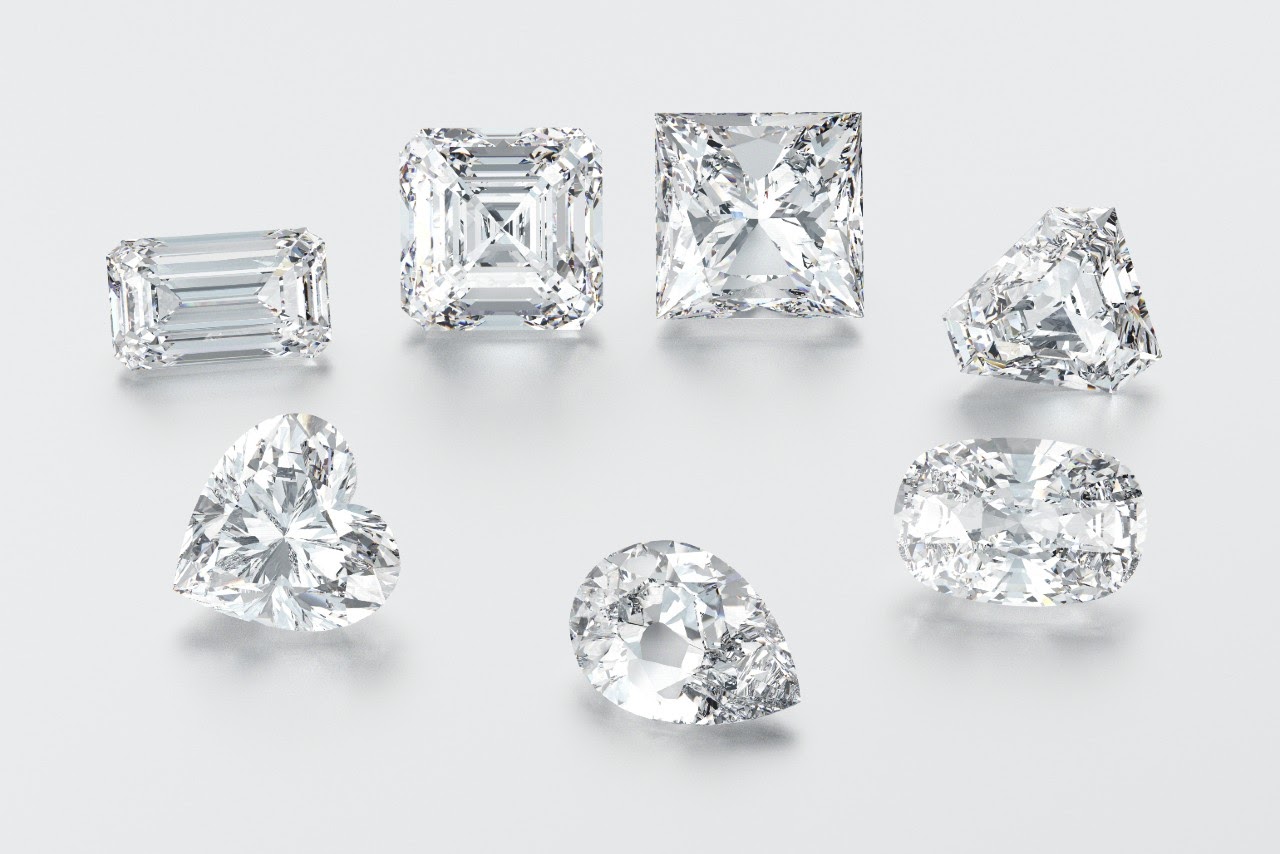Everything You Need to Know About Lab Grown Diamonds
October 15th, 2021

Both natural and lab grown diamonds can provide exceptional brilliance and fire when set in an engagement ring or wedding band. Whether you’re looking for a more sustainable jewelry option or your budget is a bit tight, lab grown diamonds can make an excellent alternative. Find out which diamond is right for you with a little help from the diamond experts at Adlers Jewelers.
What’s the Difference’
Based on looks alone, you or even a diamond specialist wouldn't be able to tell the difference between a natural or lab grown diamond. However, with state-of-the-art verification machines, jewelers can pinpoint minor structural differences between the two.
While lab grown diamonds can be an affordable option, natural diamonds boast a rich tradition and inimitable rarity not found in any alternatives. Understanding the difference between each formation can help you pick the perfect diamond for you.

Behind the Lab Creation Process
Over time, these pure carbon deposits can be mined and crafted into the exceptional center stone and side stones we see in bridal & fashion jewelry today.
Lab grown diamonds use lab-grade machinery to recreate the same pressurized and hot environment in the Earth's crust in a lab setting. The two main techniques used in the lab creation process are HPHT and CVD:
- High-pressure high-temperature (HPHT) methods place a tiny diamond seed in a sample of carbon and then mechanically press the carbon to approximately 1.5 million pounds per square inch. Under high temperatures exceeding 2700º F, the carbon gradually melts and forms a diamond around the original seed. Then, it is left to cool.
- CVD methods can use either a small diamond seed or an HPHT diamond. CVD techniques expose the diamond seed to temperatures over 1400º F in a sealed chamber filled with methane and hydrogen. The molecular structure of the gases is broken down, allowing the pure carbon to adhere to the diamond seed and form a new, bigger diamond
The end result of the process creates a stunning and sparkling diamond that looks exactly like a natural diamond.

Which Diamond Should You Choose’
As you can see, both natural and lab grown diamonds boast plenty of benefits for couples to celebrate their engagement and marriage. While both can be great options for engagement rings or wedding bands, each has its unique benefits.
There is no substitute for natural diamonds. It is a timeless choice that carries a deep history of craftsmanship and a tale of romance. A natural diamond’s connection with the earth invokes a natural charm not found with synthetics. In addition, your investment tends to hold on to its value for much longer than lab grown varieties.
That is not to say that lab grown diamonds are not a smart and stylish choice, too. Some lab created options even offer a carbon-neutral manufacturing process so consumers can feel at peace knowing they are making an eco-conscious purchase. In addition, lab grown diamonds are significantly more affordable than natural diamonds and look exactly like the “real” thing.
Still not sure which one is right for you? That's okay. Ask a diamond expert at your local jewelry store to show you different natural and lab grown options. Seeing the diamonds in person can help you make the final choice.
Let the Diamond Experts at Adlers Jewelers Help
Set up a diamond consultation with one of our specialists at Adlers Jewelers who will happily explain the differences between natural and lab grown diamonds in more detail. We can answer all of your questions to help you choose the right diamond for your loved one. You can also check out our diamond education section to learn more.
